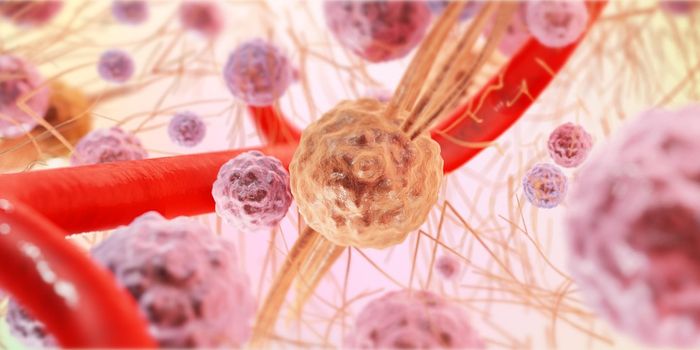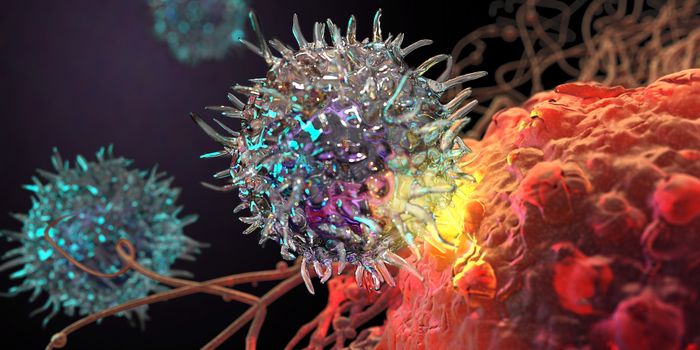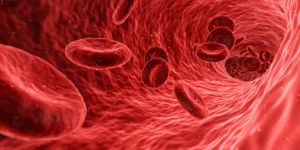Eye Solution Approved for Surgical Application
As announced by the Dutch Ophthalmic Research Center in a press release, a new eye solution was recently approved by the US Food and Drug Administration for surgical application. The dye is called Brilliant Blue G ophthalmic solution and is used for staining the internal limiting membrane (ILM) of the eye.
“Brilliant Blue G, intended to stain and distinguish the ILM from the retina to facilitate removal, will be the first FDA-approved product for this indication,” the release said.
Although the Brilliant Blue G (BBG) ophthalmic solution has been in use for staining for internal limiting membrane (ILM) in Europe during the past decade, no commercial formulation was approved by the FDA. Instead, an off-label indocyanine green (ICG) was the common used dye utilized for staining the ILM in the United States.
Studies have addressed differences in visual outcomes that are more improved with the BBG as opposed with the ICG. Furthermore, clinical and library analyses confirmed that there retinal toxicity with ICG use including cell death. In addition, BBG utilizes polyethylene glycol and has a high attachment rate to ILM as opposed to another membrane known as epiretinal membrane (ERM) which allows BBG to function as a negative stain for ERM. The BBG staining and ophthalmic solution also increases ILM rigidity and can aid in ILM peeling with more efficacy and safety and potentially produce better patient outcomes.
Learn more about ILM peeling:
“DORC has always worked closely with surgeons around the world to develop practical advancements in treating eye disorders” Thierry Leclercq, CEO of DORC International, said in the release. “The Brilliant Blue G ophthalmic solution submission is just another example of DORC responding to market needs. We look forward to working with the FDA throughout the review process.”
Source: Healio.com









